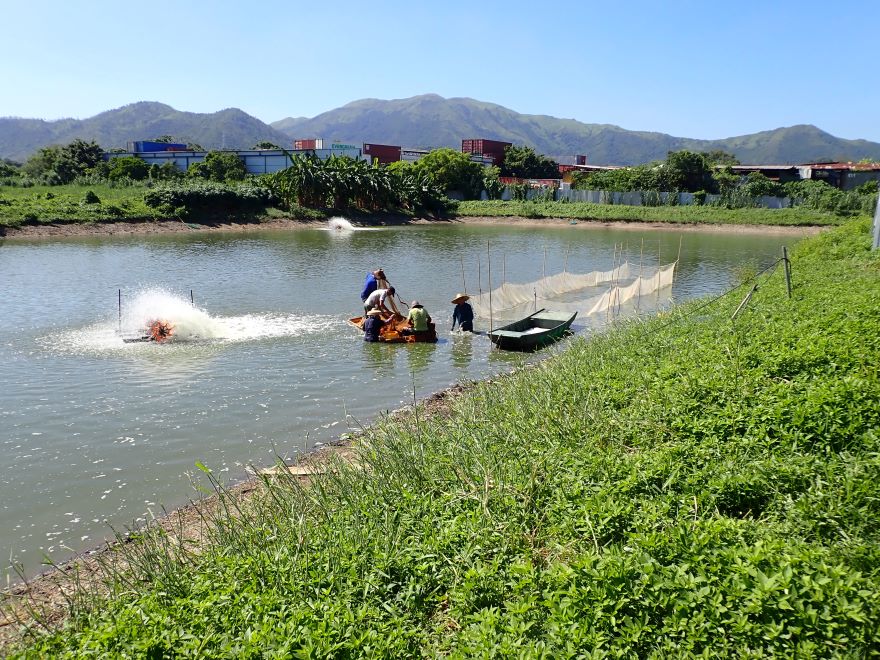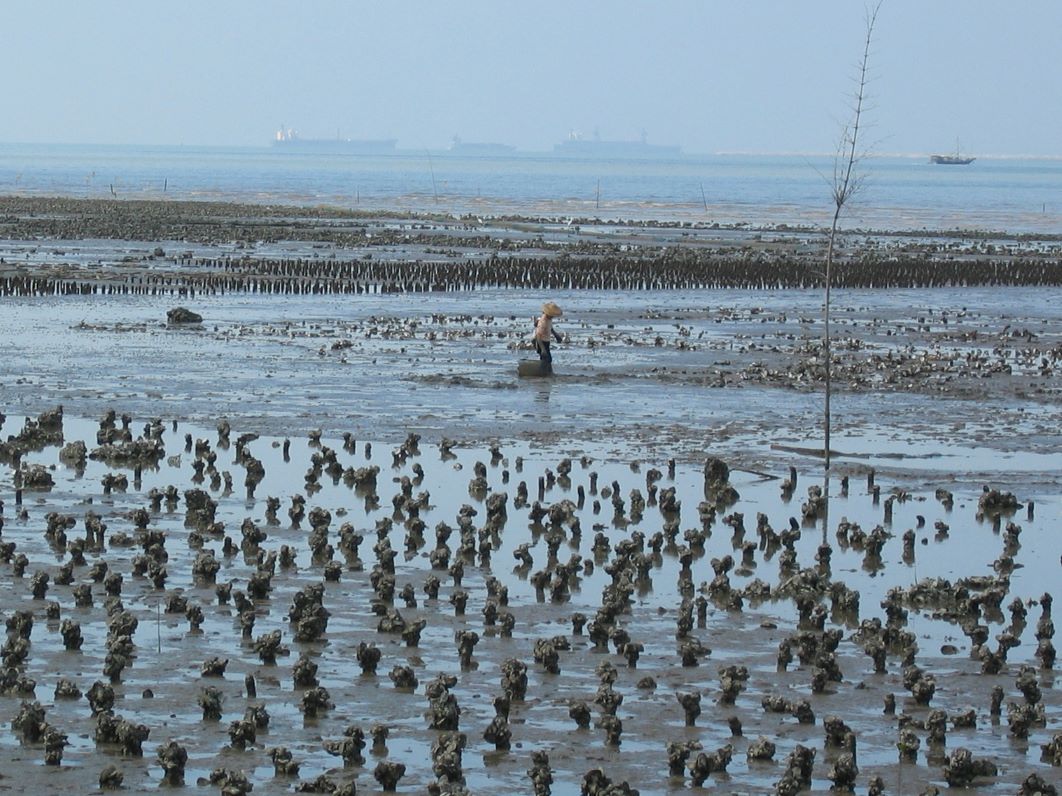Marine fish culture, pond fish culture and oyster culture
In Hong Kong aquaculture includes marine fish culture, pond fish culture and oyster culture. In 2024 production from the aquaculture sector was 2,089 tonnes valued at $119 million which was 2 per cent in weight and 5 per cent in value of the total fisheries production.
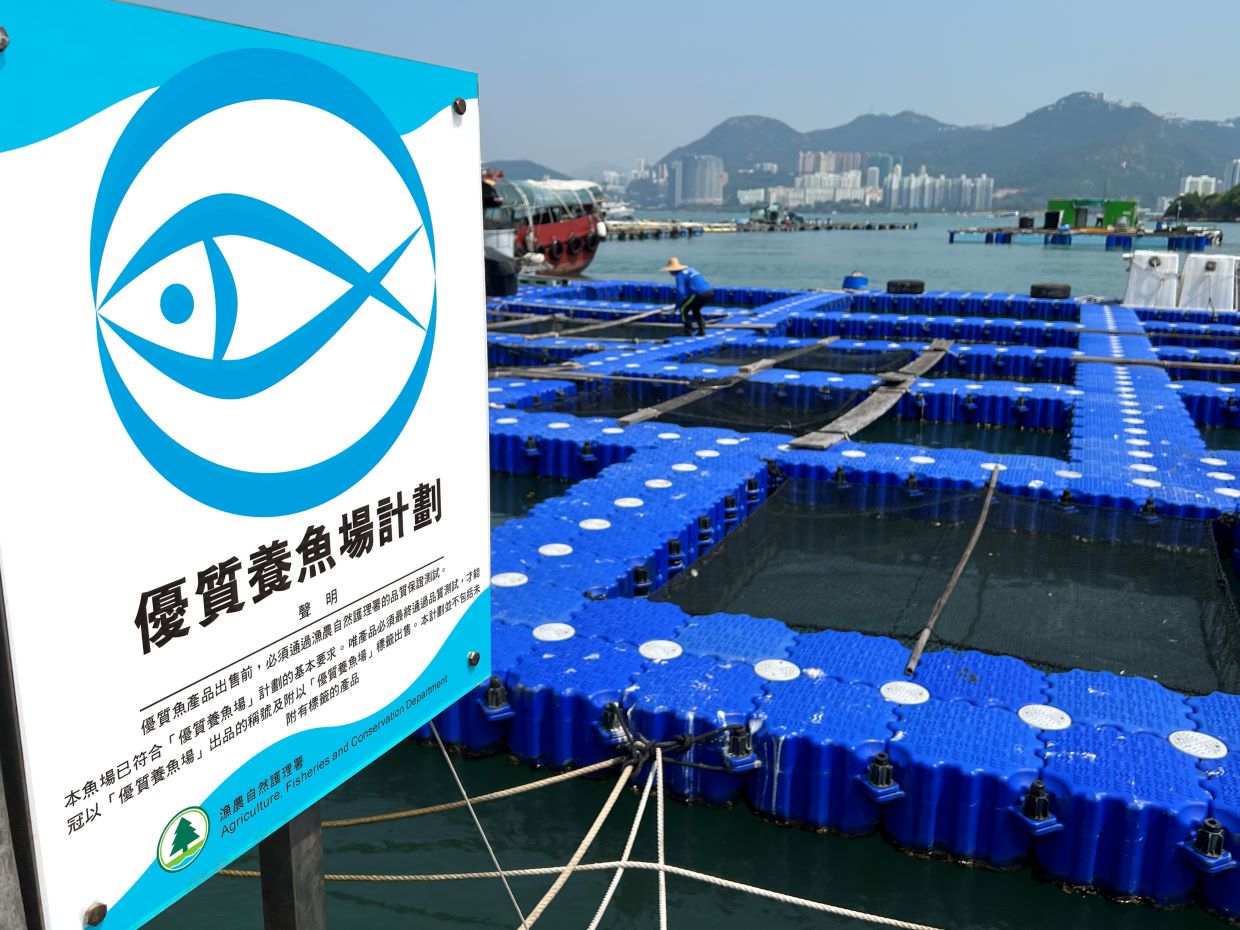
|
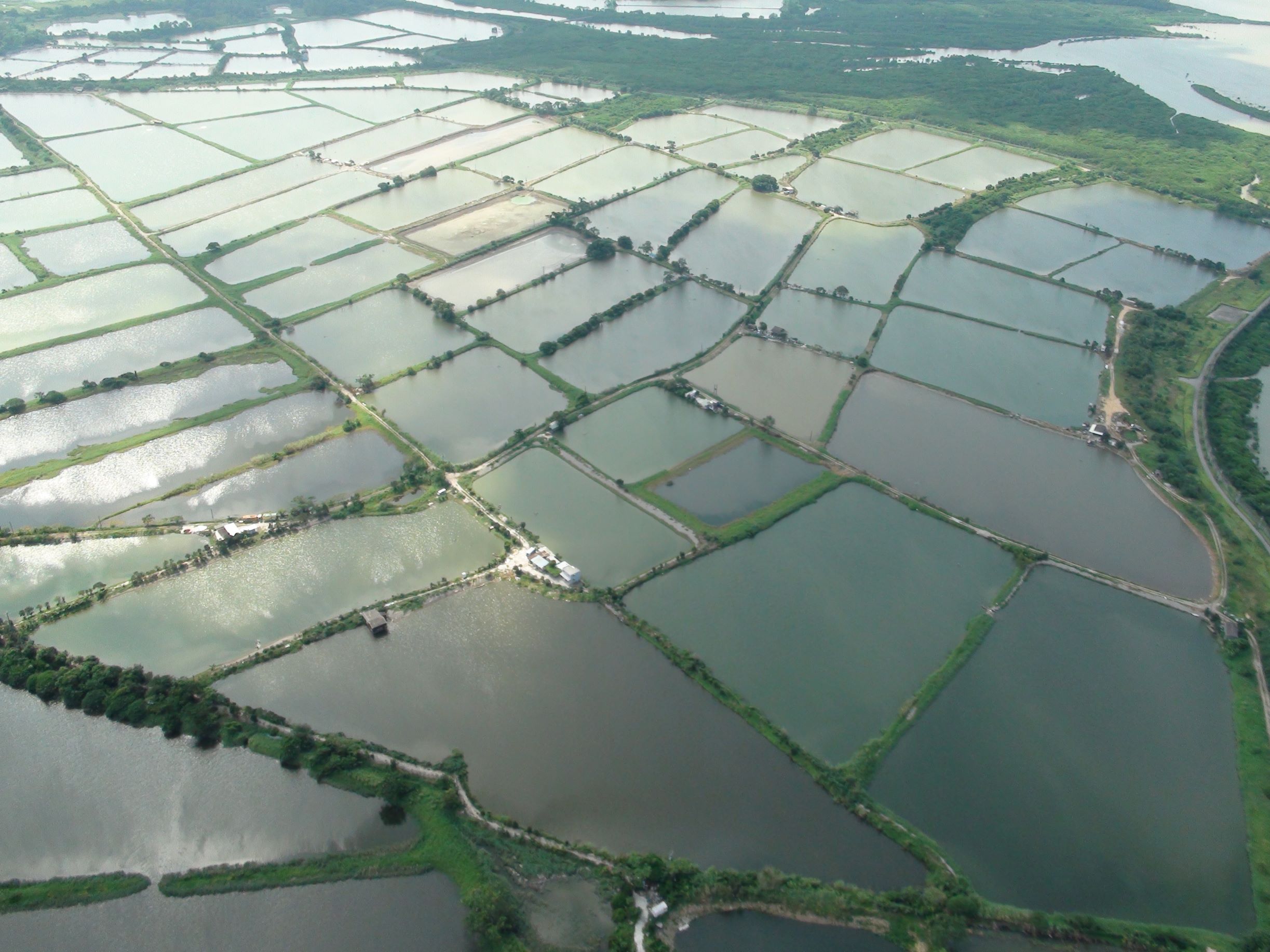
|
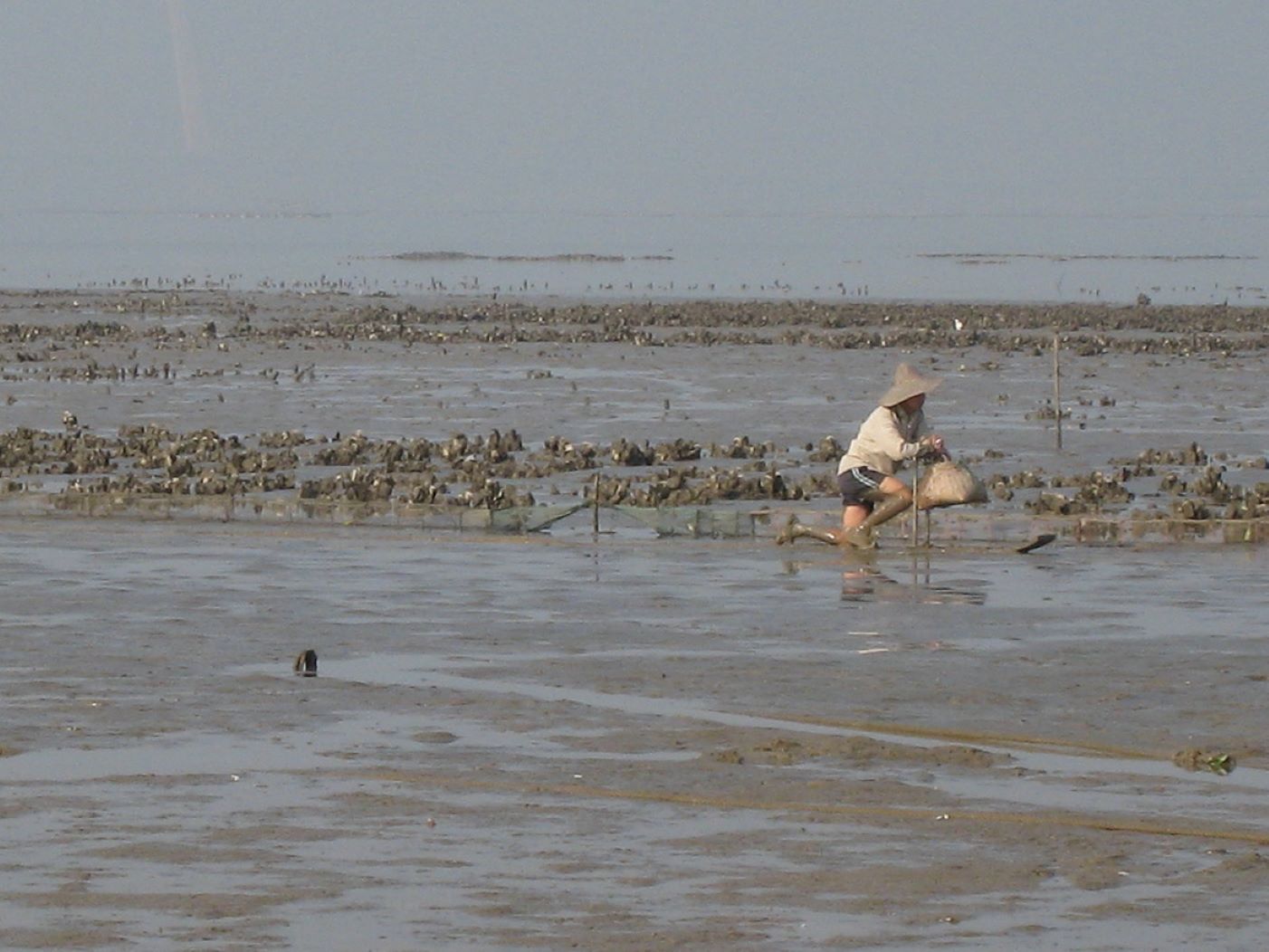
|
||||||
Marine Fish Culture
|
Marine fish culture involves rearing of marine fish from fry or fingerlings to marketable size in cages suspended by floating rafts usually in sheltered coastal areas. |
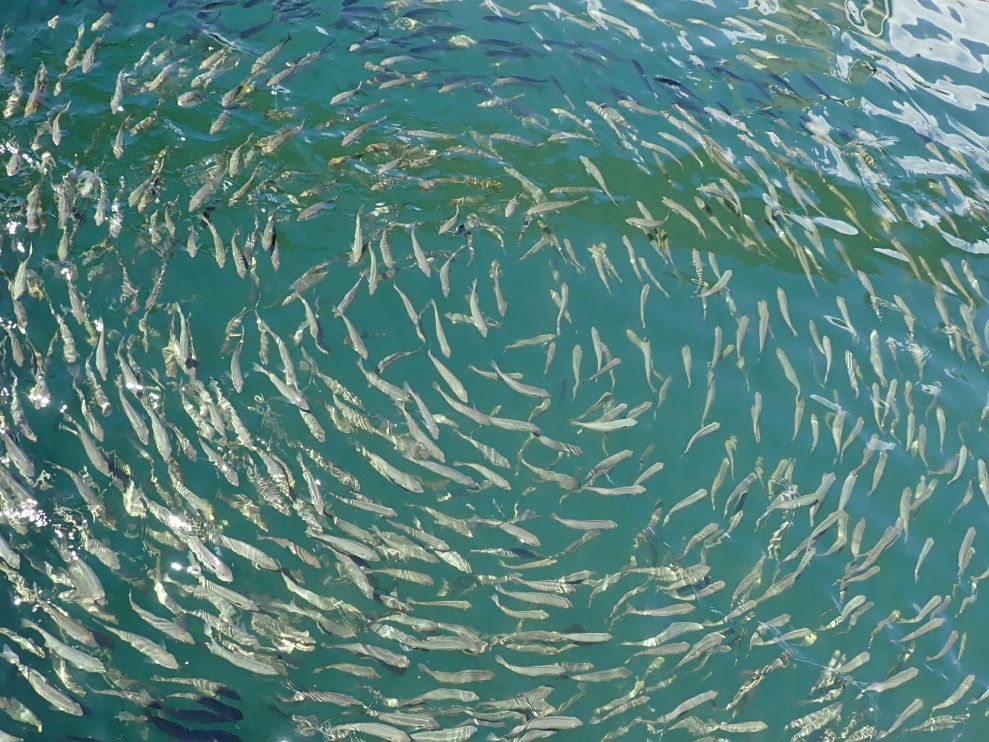 Fingerlings Fingerlings |
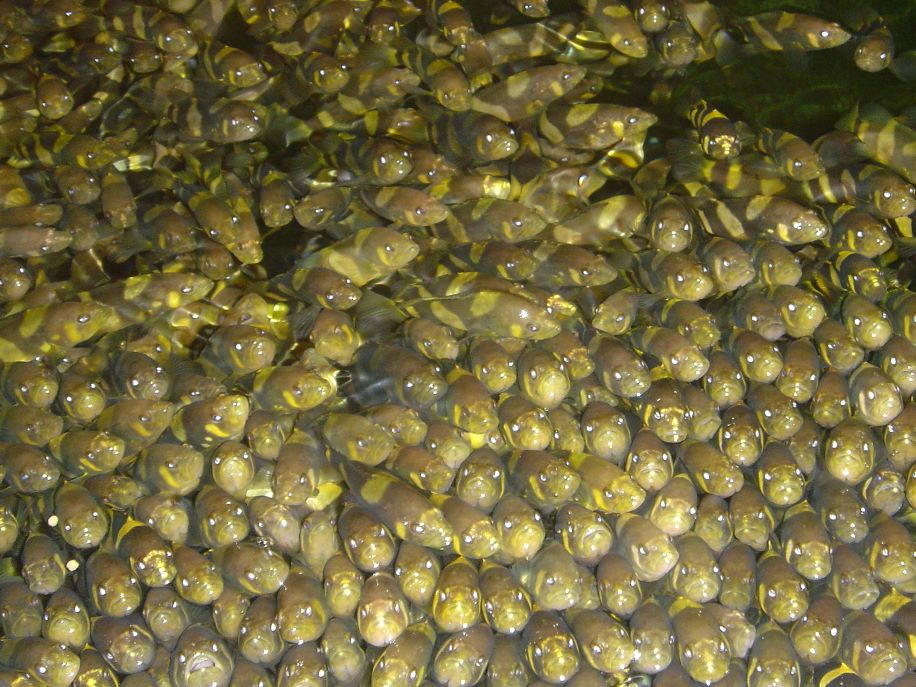 Fingerlings Fingerlings |
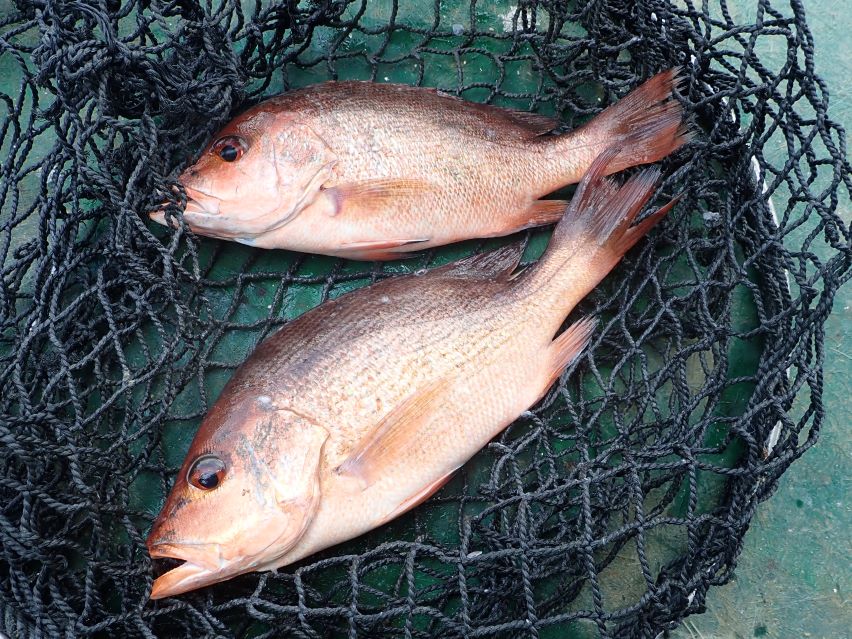 Marketable Size Marketable Size |
The species cultured changed gradually over the recent years depending on the availability of imported fry. Common species under culture include green grouper, brown-spotted grouper, giant grouper, Russell's snapper, mangrove snapper, goldlined seabream and star snapper.
Fry are mostly imported from the Mainland, Taiwan, Thailand, Philippines or Indonesia. Traditionally, marine cultured fish are fed with trash fish. In recent years, with the department's extension effort, increasing number of marine fish farmers have changed over to use moist or dry pellet feed which significantly reduces pollution caused by fish feed and improves both the feed efficiency as well as fish health.
_buffer.jpg) |
|
Marine fish culture is protected and regulated by the Marine Fish Culture Ordinance (Cap. 353) which requires all marine fish culture activity to operate under licence in designated fish culture zones. Currently, there are 28 fish culture zones (see Figure) occupying a total sea area of about 650 ha with some 912 licensed operators. |
Majority of the licensed farms are small, family-based and consisting of one to two rafts with average total area of around 307 m2. With effect from June 2002, the marine fish culture licence is transferable. The estimated production in 2024 was about 626 tonnes valued at $66 million which catered about 4 per cent of local demand for live marine fish.
Pond Fish Culture
|
The pond fish culture industry is centred in the north-west New Territories (see Figure). Fish ponds are either freshwater or brackish. In 2024, the local inland ponds, covering an area of approximately 1,119 ha, produced 1,349 tonnes of freshwater fish amounting to $37 million. About 89 per cent of the farms are engaged in polyculture (bighead carp, grass carp, common carp and silver carp in combination with tilapia or grey mullet). The remaining 11 per cent practise monoculture of carnivorous species such as giant groupers, seabreams and spotted scat in brackish fish ponds near to the coastline. |
|
|
|
Majority of the fry and fingerlings are imported from the Mainland and Taiwan. Some of the grey mullet fry may also be caught in local coastal waters. Traditionally, fry are stocked in early spring and most fish species reach marketable size in eight to twelve months. |
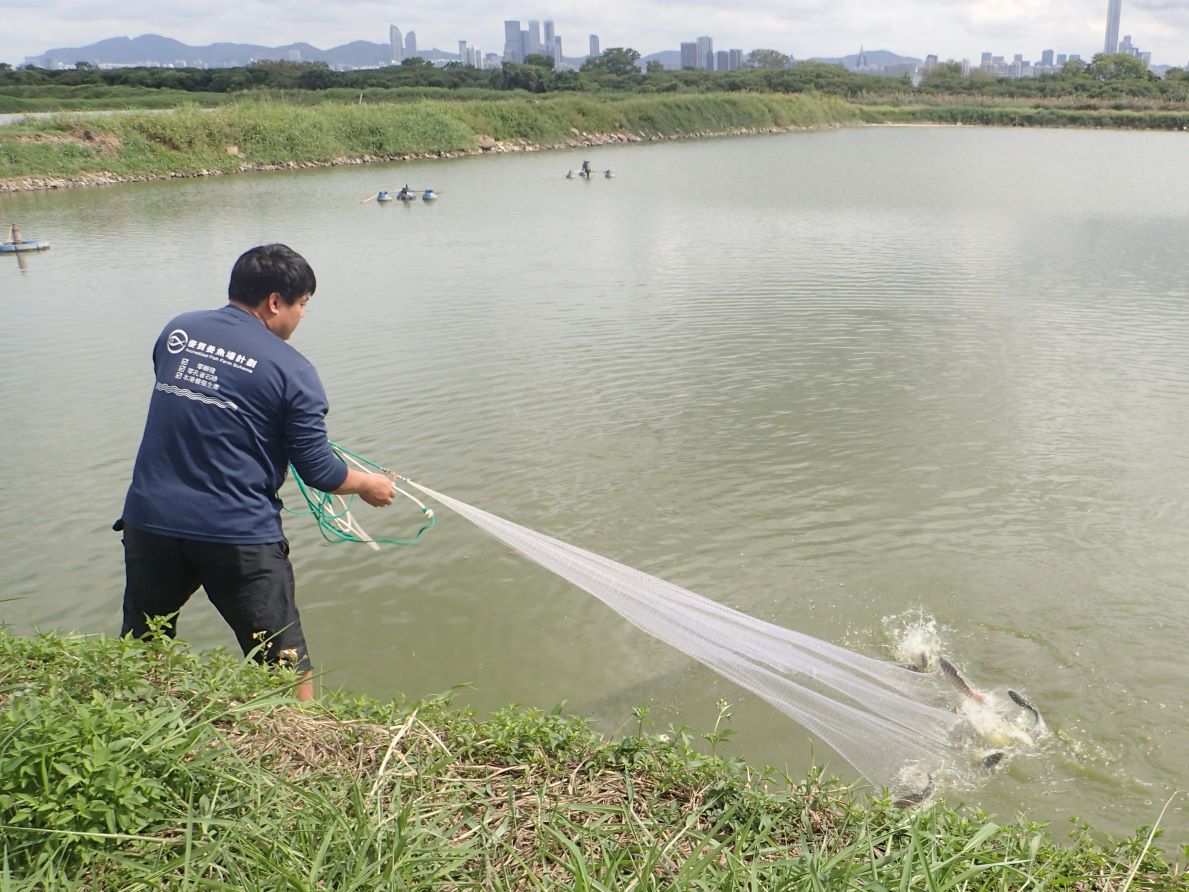 |
Oyster Culture
|
Culture of oyster has been practised along the intertidal mud flat of Deep Bay in northwestern corner of Hong Kong (see Figure) for at least 200 years. Traditionally, oysters are cultured by the bottom culture method with spat collected by laying rock, concrete tile or post as cultch on the mud flat in May or June. The oyster spat takes four to five years to grow to marketable size. |
|
|
|
In recent years, some farmers turned to fattening of medium size oysters imported from the Mainland. Majority of them adopt the raft culture method, i.e. oysters placed in baskets suspended from rafts. |
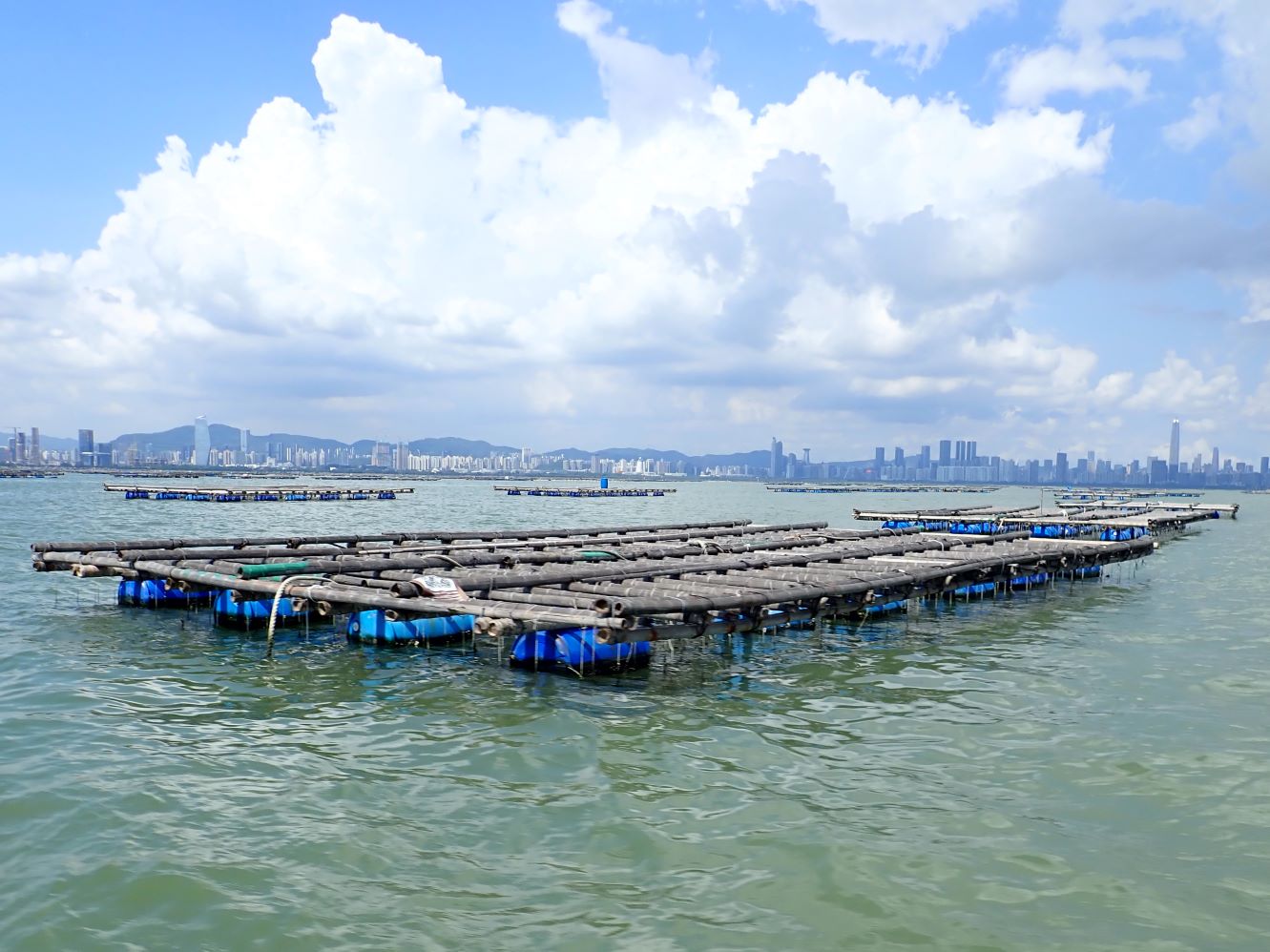 |
|
|
|||
|
|||
